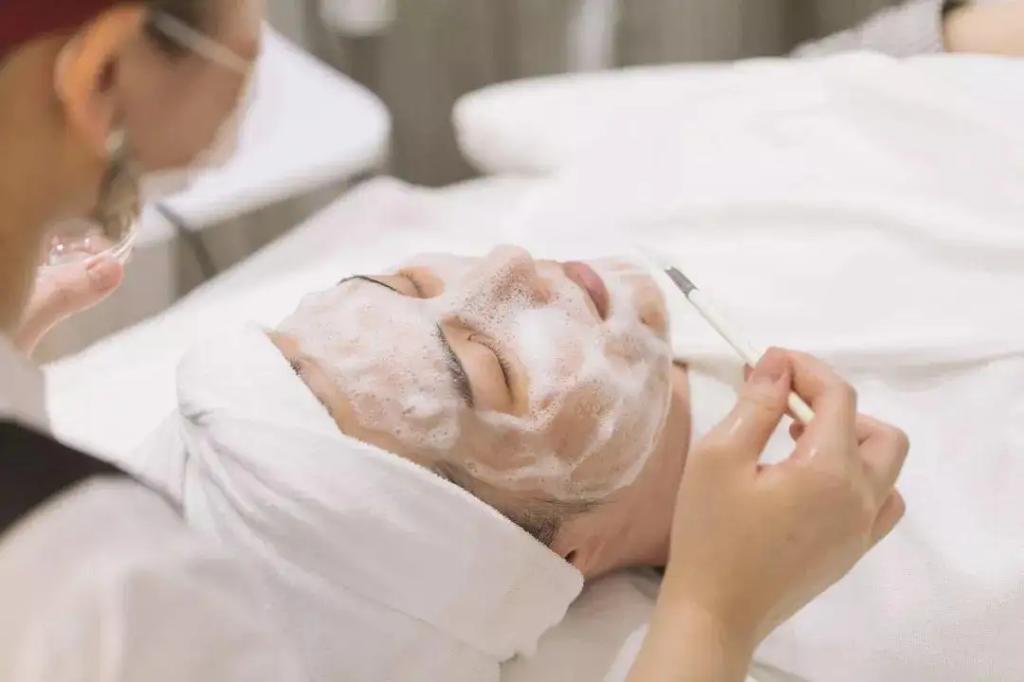
ε- Polylysine hydrochloride for cosmetic use
TIME:2024-03-14
When using cosmetics containing ε- Polylysine hydrochloride, there are several key precautions to follow:
1.Skin Patch Test: Although ε- Polylysine hydrochloride in cosmetics is generally considered safe, everyone's skin is unique. Therefore, it is recommended to perform a small patch test before using a new product to ensure it does not cause allergic reactions or discomfort.
2.Follow Product Instructions: The content and usage of ε- Polylysine hydrochloride in cosmetics may vary between products. Before use, carefully read the product instructions and follow the manufacturer's recommended dosage and usage methods.
3.Avoid Mixing with Other Products: Different ingredients in cosmetics may interact with each other, leading to skin irritation or adverse reactions. It is advisable to avoid using products containing ε- Polylysine hydrochloride simultaneously with other products that may cause skin discomfort.
4.Storage Conditions: Ensure that cosmetics are stored in a dry, cool, and shaded place, avoiding direct sunlight and high temperatures to maintain the stability and effectiveness of the product.
5.Check Expiry Date: Cosmetics have expiration dates, and using expired products may result in reduced efficacy or the production of harmful substances. Check the product for expiration before use and avoid using expired cosmetics.
6.Monitor Skin Reactions: During the use of cosmetics containing ε- Polylysine hydrochloride, closely monitor skin reactions. If symptoms such as redness, swelling, itching, or stinging occur, discontinue use immediately and consult a dermatologist.
While ε- Polylysine hydrochloride in cosmetics is generally considered safe, it is essential to exercise caution, follow product instructions and precautions to ensure skin health and safety. If there are any concerns or discomfort, it is recommended to consult with a healthcare professional or dermatologist.

 CONTACT
CONTACT




